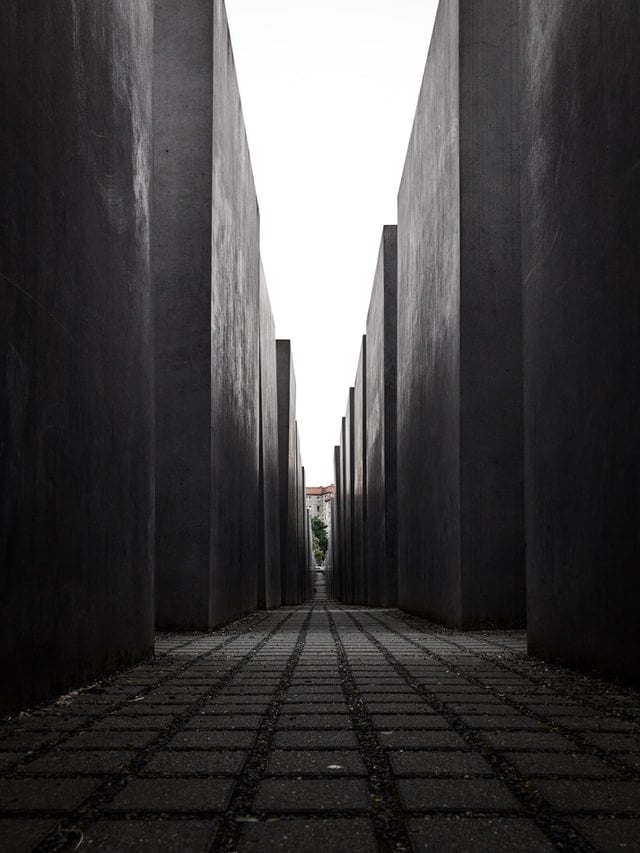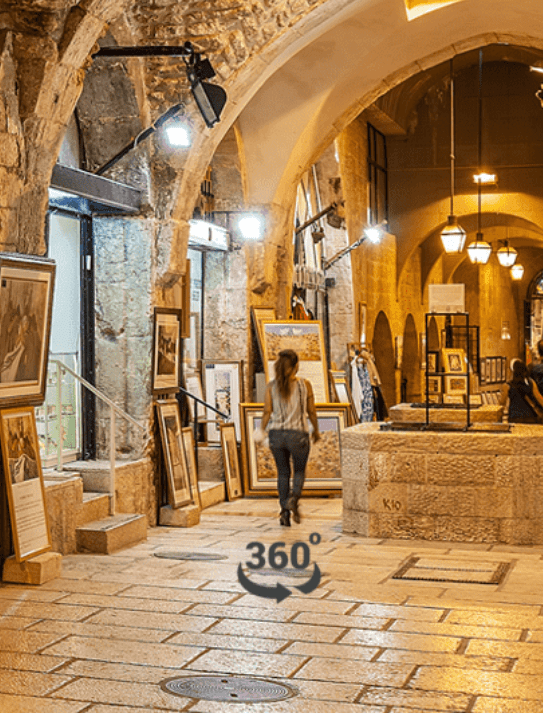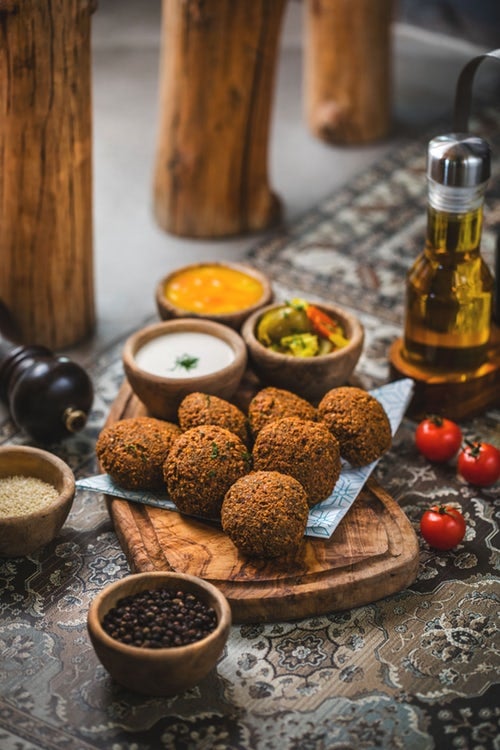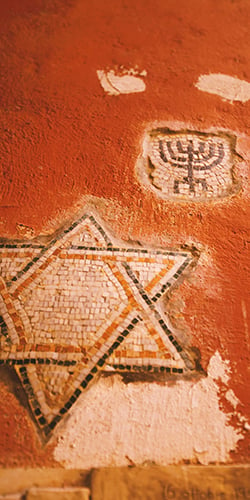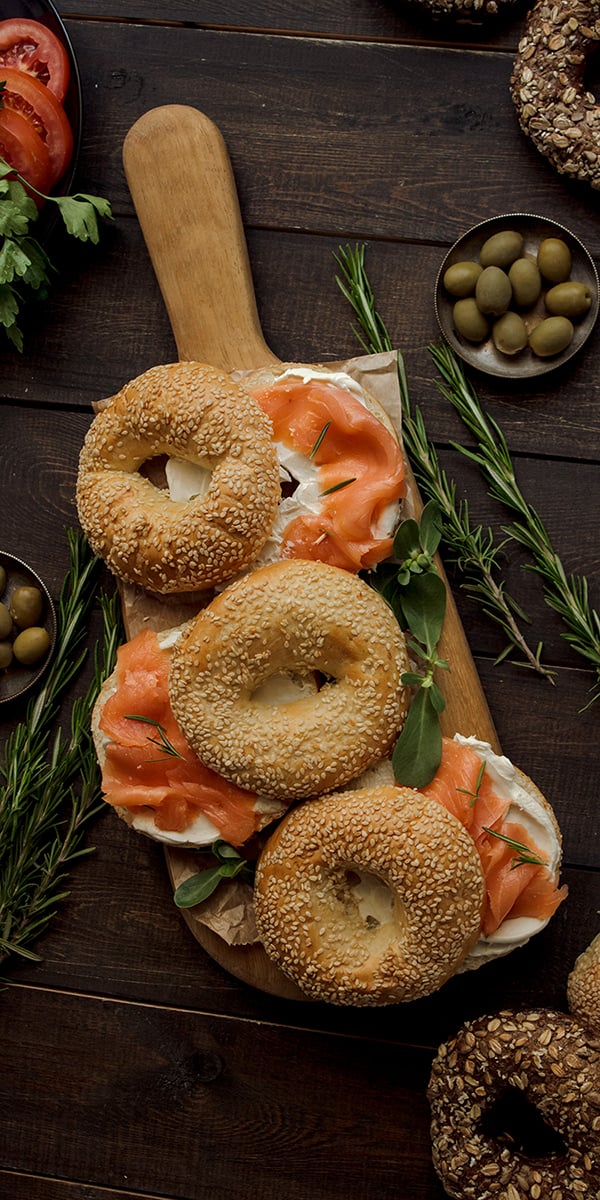Jerusalem is an Israeli city in the Middle East sitting on a plateau in the Judaean Mountains between the Mediterranean and the Dead Sea. It is one of the oldest cities in the world and is considered holy according to the three major Abrahamic religions—Judaism, Christianity, and Islam. Both Israel and the Palestinian Authority claim Jerusalem as their capital, a place where Israel maintains its primary governmental institutions, while the State of Palestine ultimately foresees it as its seat of power. However, neither claim is widely internationally recognized.
The History of Jerusalem
Throughout its long history, Jerusalem has been destroyed at least twice, besieged 23 times, captured and recaptured 44 times, and attacked 52 times. The segment of Jerusalem known as the City of David shows the first signs of settlement in the 4th millennium BCE in the shape of encampments of nomadic shepherds. In the Canaanite period (14th...


